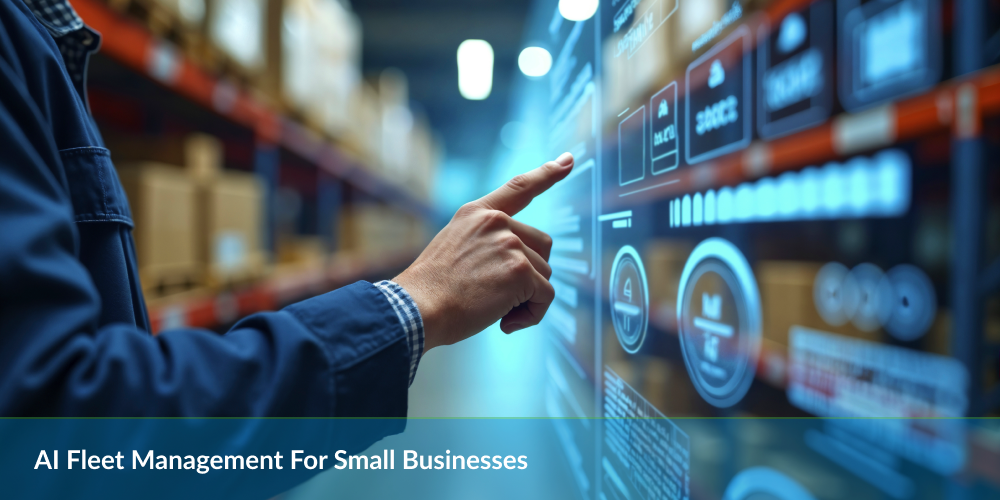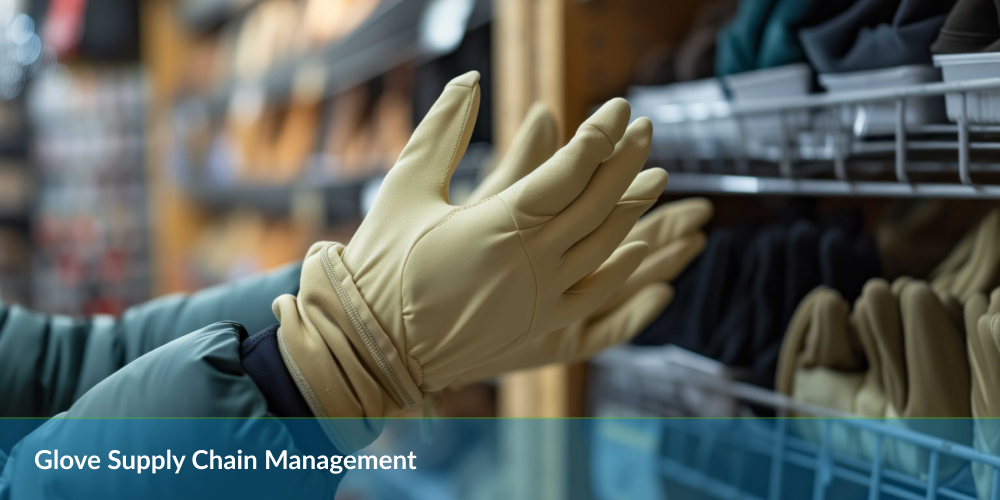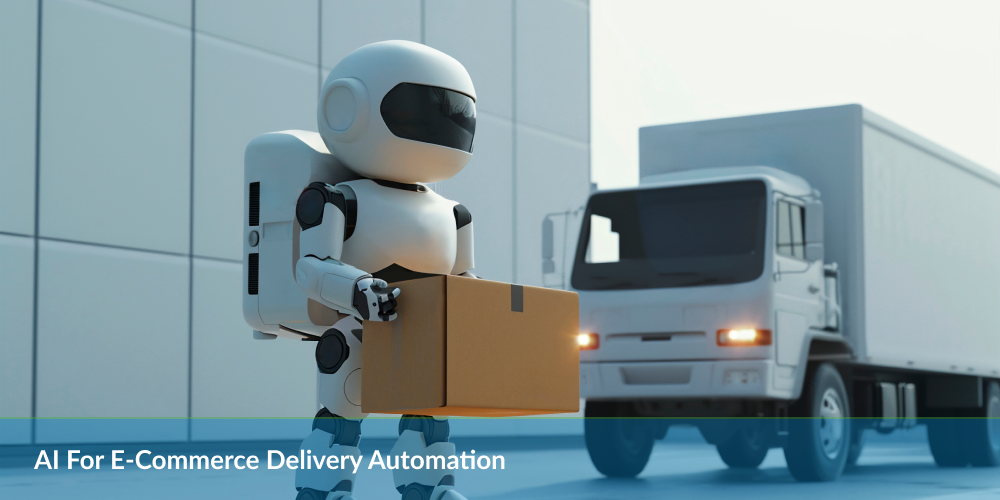Table of Contents
Is it possible to sort out the notoriously complex and pricey nature of last-mile delivery using delivery management software?
Yes, it is!
In this post, we will look at the most crucial elements of last-mile delivery and help you better understand how you can optimize it with the right solution in your technology stack.
So, without further ado, let’s start with the why.
Why does a logistics business need a delivery management solution in the first place?
Although the final step in the delivery process, last-mile delivery is the most crucial element to ensure the success of your logistics business. The length of a last-mile delivery can vary from a few to hundreds of miles and is often a complicated and expensive process to execute.
There are several reasons why last-mile delivery is an expensive affair, especially for large and bulky goods delivery businesses; some of the prominent reasons for the same include:
Reasons Why Last-Mile Delivery Is a Costly Affair for Heavy Goods Businesses
Fuel Prices
Gas prices have been increasing rapidly over the past decade. However, with the reduction of two million barrels per day by OPEC nations, the prices are expected to soar as the war between Russia and Ukraine enters its next phase.
With rising fuel prices, the cost of all commodities increases, leading to inflation. However, that topic requires a separate article for discussion.
In the case of large and bulky goods delivery businesses, the rising fuel prices are taking a heavy toll on their operations.
Apart from the high prices, there are several other problems that the delivery teams face when hauling goods to their destinations. These include:
- Traffic congestion along the route
- Multiple stops in a short span of time
- More idling time due to lack of optimized routes
- Failed deliveries due to lack of communication with the customers
- Added delivery rescheduling costs
- The burden of reverse logistics to keep the customers happy
All these factors mentioned above contribute towards the cost of last-mile delivery and make the process extremely challenging.
Customer Experience
Today, delivery is not just a task but an experience for the customer. If a customer is unsatisfied with their journey with a brand, even during the last-mile delivery, then there is a good chance that they will not order from that company again.
This is even more important in the case of bulky and heavy goods delivery. For example, if a large goods delivery company is shipping electrical appliances to a customer, they must coordinate with the technical team responsible for installing the appliances. Unfortunately, a lack of communication between the crews often leaves the customer irate and frustrated, leading to a bad experience.
Therefore, to survive in today’s competitive market, companies like Amazon offer next-day, same-day, and even two-hour deliveries wherever possible, without an added shipping fee.
So, if a bulky goods delivery business wants to keep its footing in the game, it must focus on delivering an incredible customer experience. Here are a few ways to improve the quality of your delivery experience:
- Provide accurate ETAs using route optimization
- Enable real-time tracking of orders on the customer app
- Set up a clear line of communication between the customers and drivers
- Allow customers to share feedback
- Offer them multiple options to generate proof of delivery
Increasing Labor Costs
Since the COVID-19 pandemic, the need for on-demand delivery services has soared dramatically. An increase in demand is the catalyst to expand your fleet, and the more team members you have in your crew, the more you will spend on acquiring new vehicles and the associated demands.
So, you must focus on optimizing your existing fleet and give the support to deliver more orders using technological solutions. For example, route optimization helps reduce the time spent idling and delivering orders from one location to another.
You can also use different vehicles for different types of goods and use the space available inside each delivery vehicle to its optimum capacity.
Must-Have Features in a Delivery Management Software
So far, we have established that the best bulky goods delivery companies are extensively implementing technology into their processes. But what are the essential features to have in delivery management software to help you improve the efficiency of your bulky goods delivery business? Let’s find out.
Route Optimization and Geofencing
A delivery management system must have AI-powered route optimization and geofencing capabilities. This technology considers a wide range of circumstances, like traffic congestion, shortest route, roadblocks, customer order pick up and delivery time slots, driver schedules and breaks to find the optimal route and provide the customers with an accurate ETA.
Apart from that, your delivery management system should be able to define clear territories for your drivers so that they can perform at an optimal level without incurring any additional costs and getting burnt out.
Fleet Management
Oversight isn’t the only thing the bulky goods delivery business owners need. They need to have data on every little detail in the delivery process.
You must know the capacity of each vehicle, the correct configuration for the right products, and methods to calculate weight, volume, and more. In addition, your delivery management system should be able to schedule drivers based on their skill set, capabilities, location, work schedule, and availability.
Robust delivery management platforms enable auto assignment of incoming jobs, notify available drivers via push notifications, and enable real-time communication between drivers and control hubs.
Customer Experience
Today, customers expect to stay updated about the status of their orders throughout the process. You can implement delivery management software into your bulky goods delivery business to give customers more visibility over their delivery. Some other exciting features to have include:
- Easy-to-reschedule delivery time slots to avoid failed deliveries
- Real-time delivery tracking of an order once it enters the last-mile stage
- Timely notifications and accurate ETA in real-time
Performance Analytics
Data is crucial to create actionable strategies that help your teams in the field. A good delivery management platform collects data every step of the way and gives you detailed reports on metrics like:
- Driver and vehicle performance to stay on top of factors like daily fuel costs, average vehicle speed, idling time, and more.
- Receiving detailed customer feedback to increase chances of retention and feed their reviews into relevant KPIs to improve performance.
Get Started With an AI-Powered Delivery Management System Today!
The nature of last-mile delivery services has undergone a significant paradigm shift in the past few years, and the market is constantly shifting towards an experience-based affair.
To meet these new challenges, you need to have the best tools at your disposal, or else you might not be able to survive the hyper-competitive environment of business out there.
NetworkON can be the perfect delivery management software you need for your bulky goods delivery business. It consists of the must-have features mentioned above and an extensive list of features that can transform not just last-mile delivery but every aspect of your logistics business.
Some other outstanding features offered by NetworkON include:
- Automated scheduling capabilities
- Dynamic route optimization and geofencing
- Optimal fleet utilization
- Flexible shipping options
- Analytics to assist with demand forecasting
- Ability to connect with gig-fleets
- Transparent order tracking for all stakeholders involved
- Easy rescheduling of orders
- Push notifications
- Real-time order tracking
- Combine orders
- Track revenue for each driver
- Generate digital proof of delivery
- Enable white-glove delivery
- Create pickup from the warehouse and delivery to the customer as a single task
- Create an end-to-end digital journey of the order from pickup to delivery management and then invoicing.
- Integrate seamlessly with other systems to avoid manual interventions, thus reducing errors and cost per delivery
Schedule a free demo today and find out what NetworkON integration will look like for your business. For more details, email us at info@networkon.io or visit our website.





0 Conversations